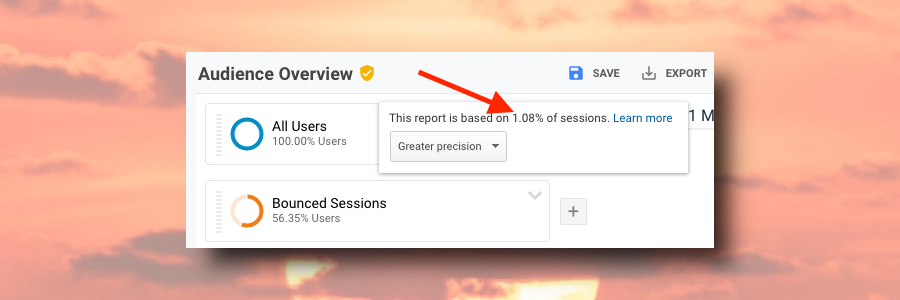Google Analytics and BigQuery, two tools that both the major players in their respective segments. Yet, there is no way to easily send raw hit-level data from one to another.
In this article, originally posted on medium.com, we’re going to walk through the reasons you might want to access raw Google Analytics data in BigQuery and a few solutions that will get you there.







